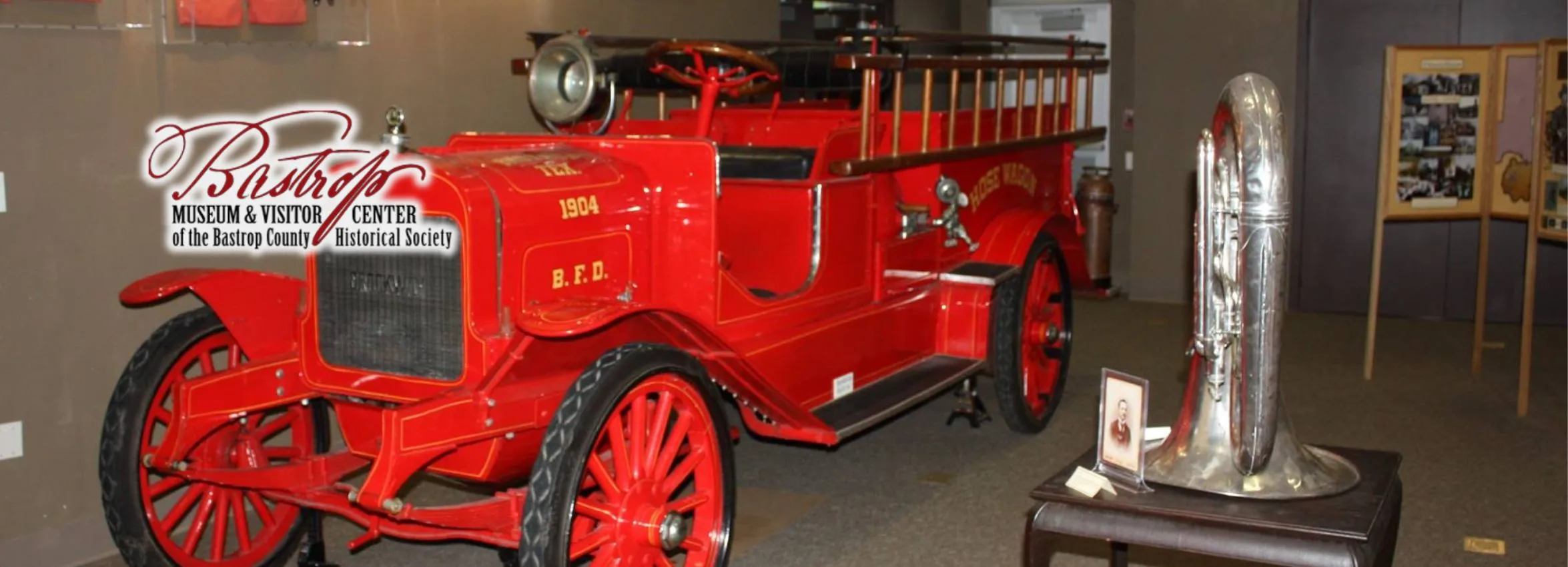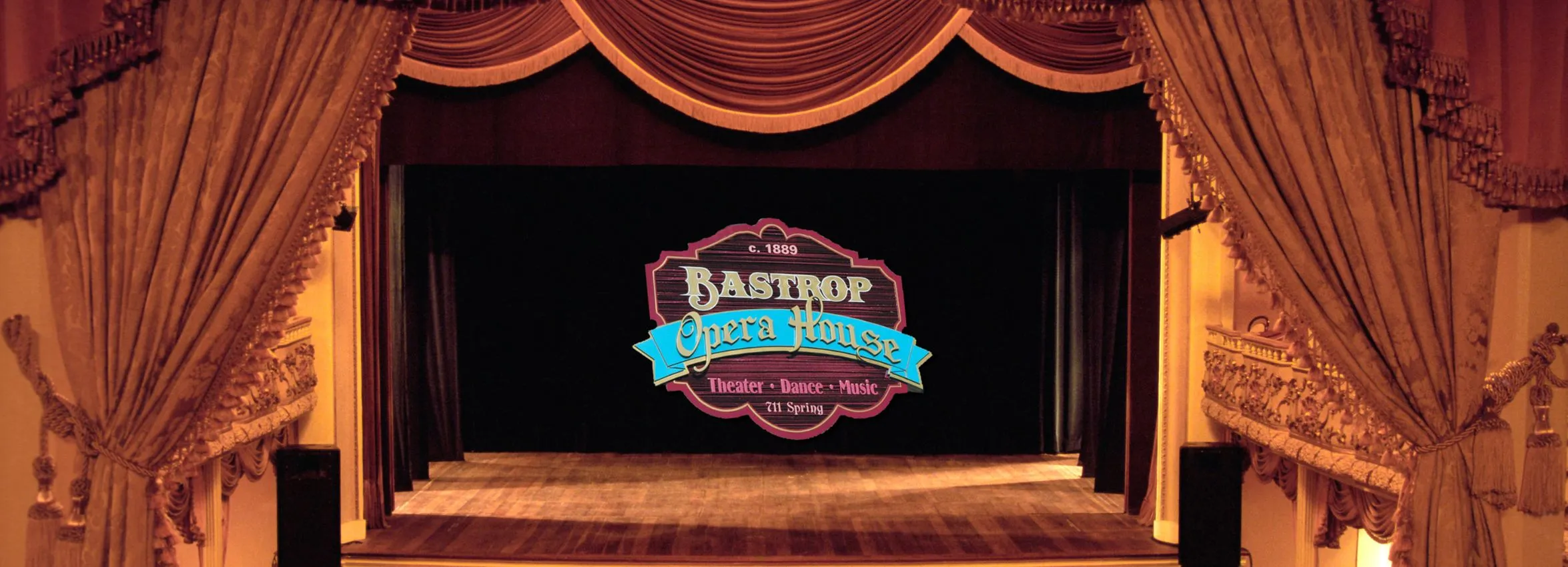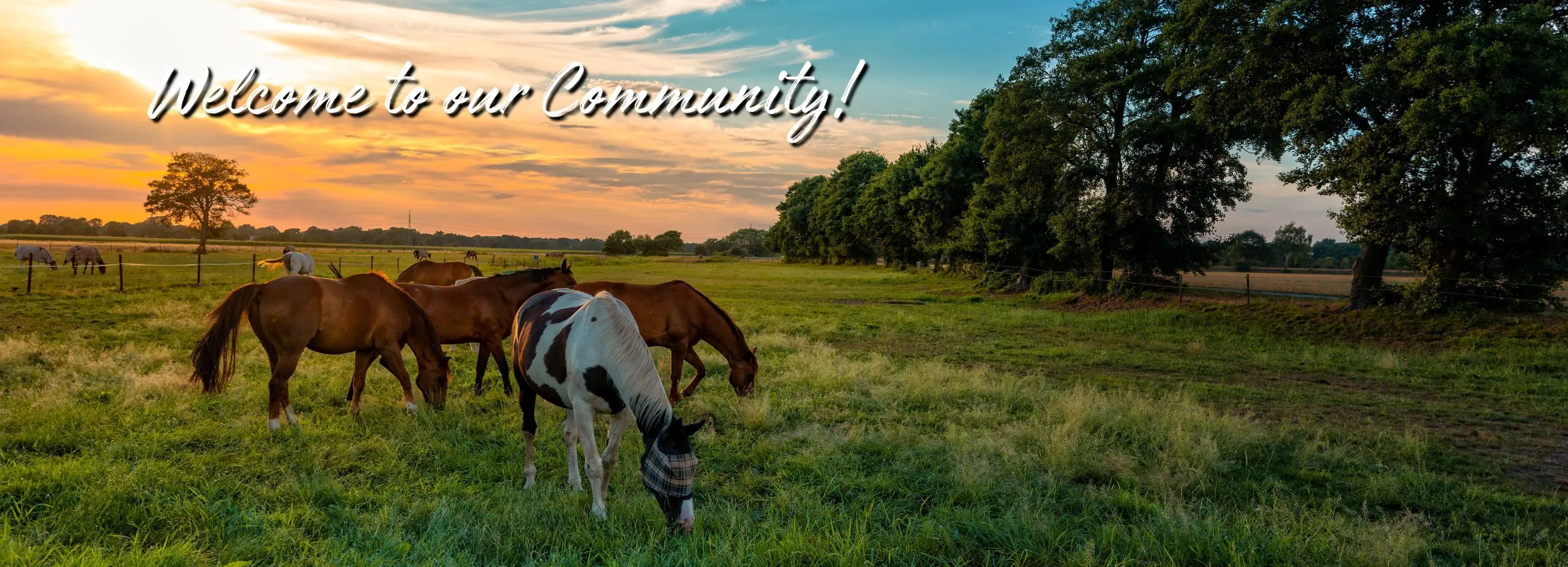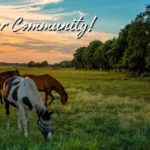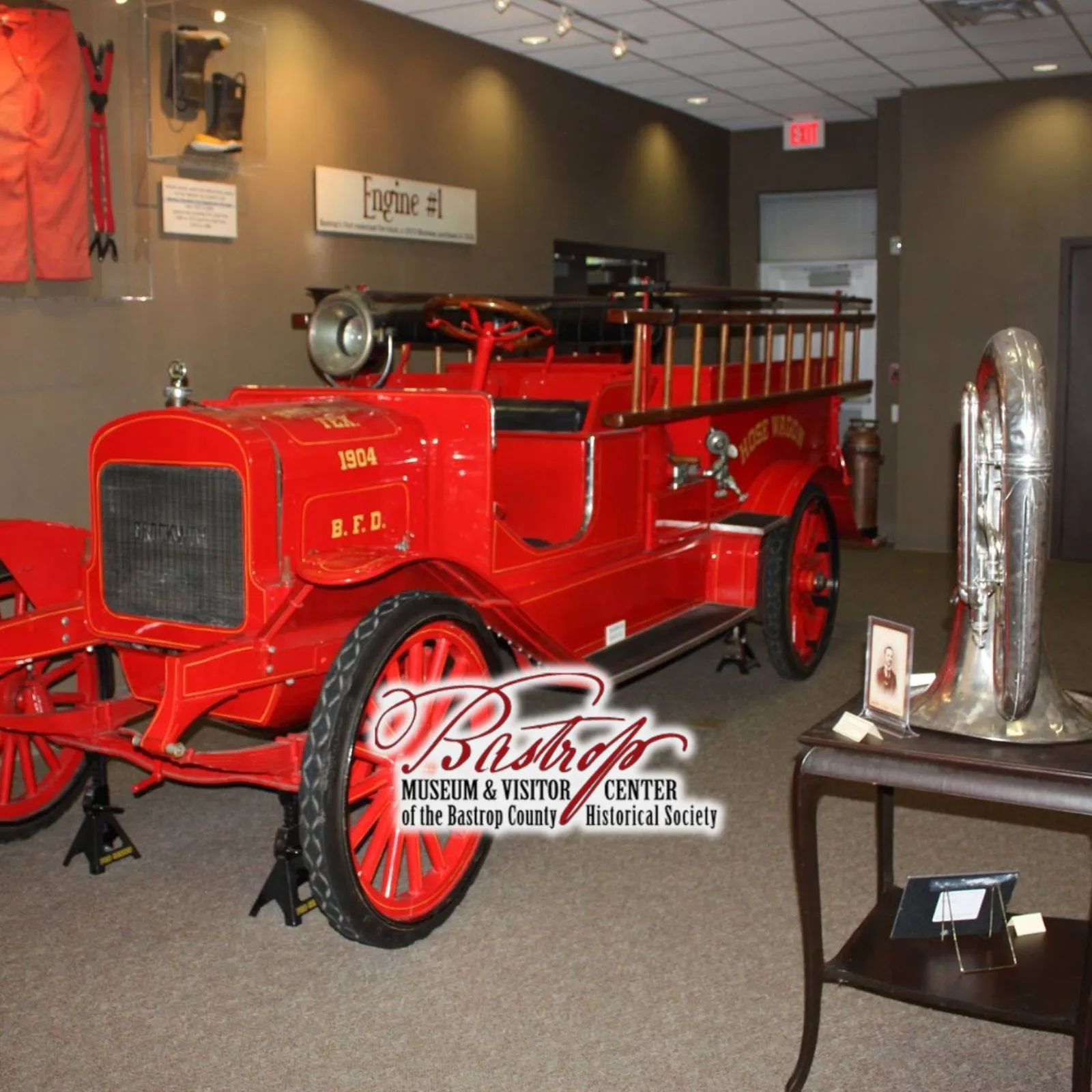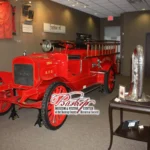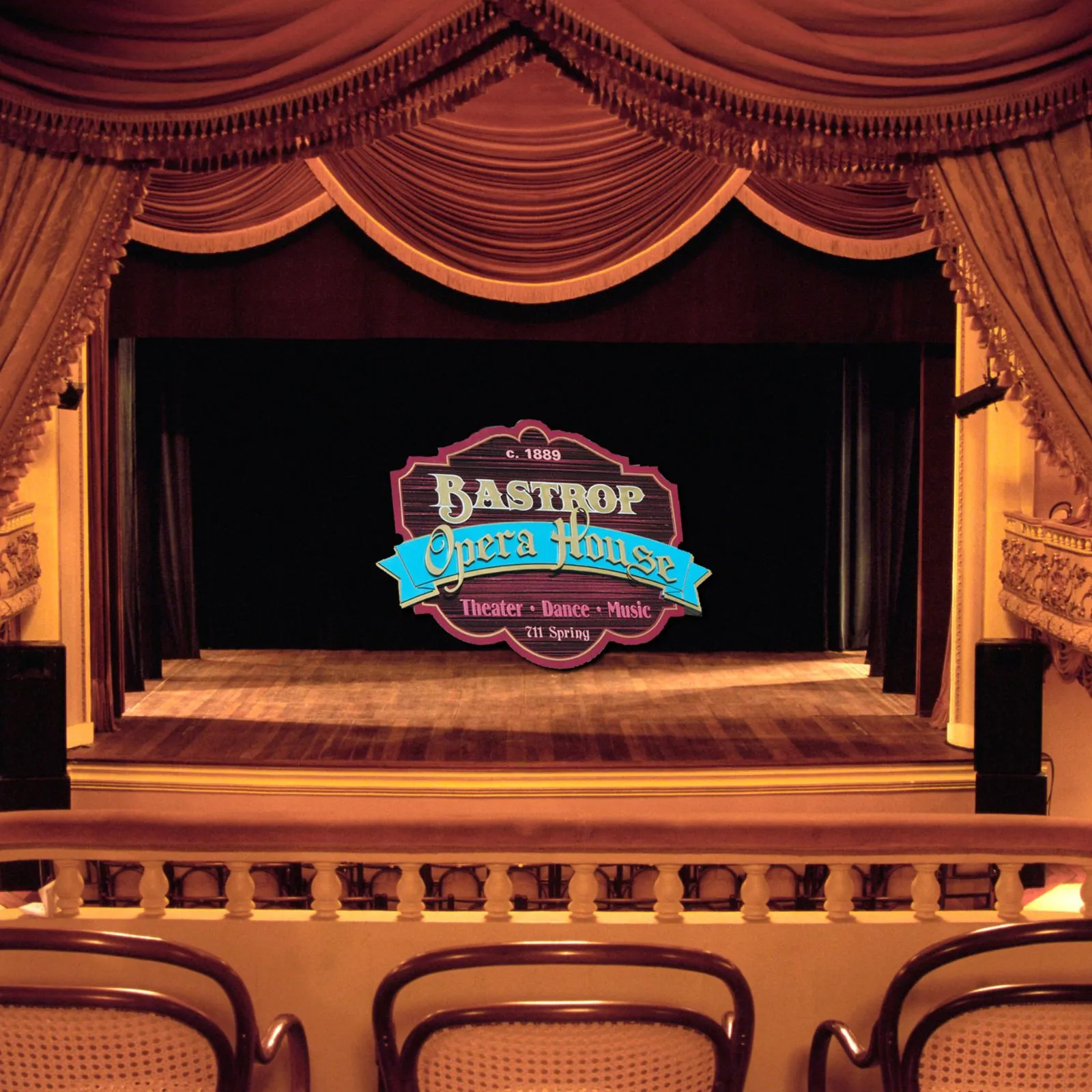The Rich and Fascinating History of Bastrop, Texas: An In-Depth Look
Welcome, history buffs and curious minds! If you’re intrigued by the unique blend of cultures, notable events, and remarkable individuals that shape a place, then you’re in for a treat. Today, we’re diving deep into the history of Bastrop, Texas, a place that’s more than just a dot on the map. It’s a treasure trove of fascinating historical moments, and we’re here to uncover them all!
Introduction
Located about 30 miles southeast of Austin, Bastrop boasts a complex history that is deeply intertwined with the fabric of America itself. With its first settlement dating back to 1804, Bastrop has witnessed pivotal events, from early Spanish expeditions to modern-day developments. But what makes Bastrop’s history truly captivating? Let’s explore.
Native American Roots: The First Inhabitants
Before European settlers set foot in what is now known as Bastrop, Native American tribes like the Tonkawa were the original inhabitants. These tribes thrived on the land, coexisting with the natural environment. Their influence is still present in various place names and local legends.
Spanish Explorers: A European Touch
In the early 18th century, Spanish explorers such as Alonso De León ventured into the region. They established missions and initiated trade, leaving behind traces of Spanish culture that are still evident today.
Stephen F. Austin: The Father of Texas
One of the most notable figures in Bastrop’s history is Stephen F. Austin, often called the “Father of Texas.” Austin led the first group of American settlers into the area, significantly shaping its growth and development.
The Texas Revolution: A Fight for Independence
The year 1836 marked a turning point for Texas and Bastrop. Locals took part in the fight for independence from Mexican rule, contributing to what became a defining moment in American history.
Civil War Impact: A Town Divided
The Civil War left an indelible mark on Bastrop, creating divisions that took decades to heal. Despite the challenges, the town emerged from the era with a renewed sense of unity and purpose.
The Timber Industry: The Rise and Fall
Timber played a pivotal role in Bastrop’s economic development. By the late 19th century, the Lost Pines Forest became a hub for the timber industry, attracting workers and businesses alike.
Bastrop State Park: A Natural Oasis
Established in the 1930s, Bastrop State Park stands as a testament to the beauty of the region. This initiative also created jobs during the Great Depression, marking a significant period of growth for the town.
Modern Developments: Bastrop Today
Today, Bastrop is a bustling town filled with historic landmarks, modern amenities, and a thriving community. Various projects like the Bastrop 552 Development reflect the town’s continuous growth and commitment to a prosperous future.
The Community: A Blend of Old and New
The strength of Bastrop lies in its community. Here, tradition meets innovation, and history blends seamlessly with the present. The town’s numerous events, such as the famous Bastrop Homecoming and Rodeo, encapsulate this wonderful mix.
Conclusion
Understanding the history of Bastrop, Texas, provides us with a rich, contextual backdrop to appreciate the town as it is today. From its Native American roots, the influence of Spanish explorers, the bravery displayed during the Texas Revolution, to its economic rise through the timber industry, Bastrop stands as a microcosm of American history. It’s a town that respects its past while enthusiastically embracing its future. So the next time you wander the streets of Bastrop, remember: you’re not just in a town; you’re in a living, breathing history book.
